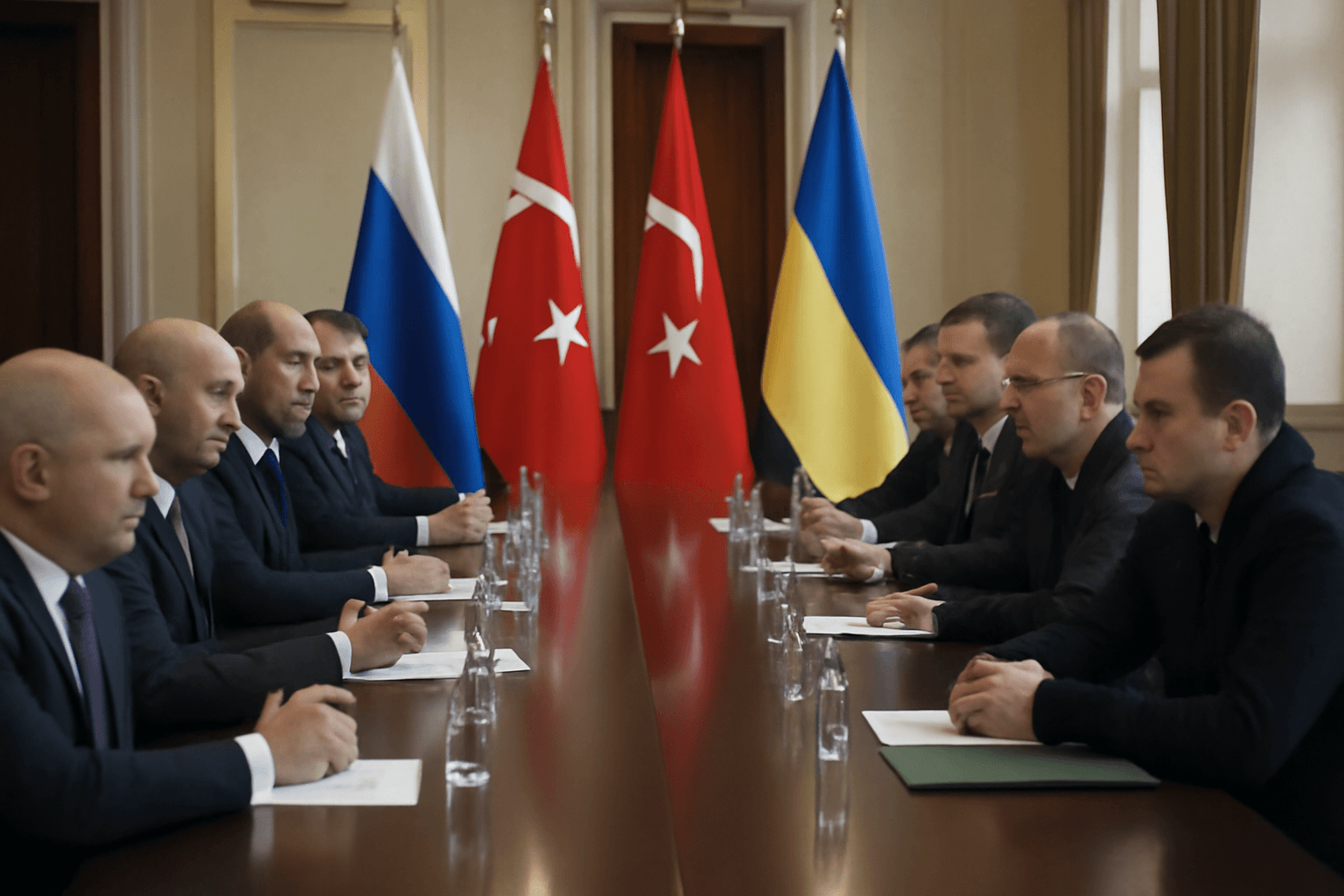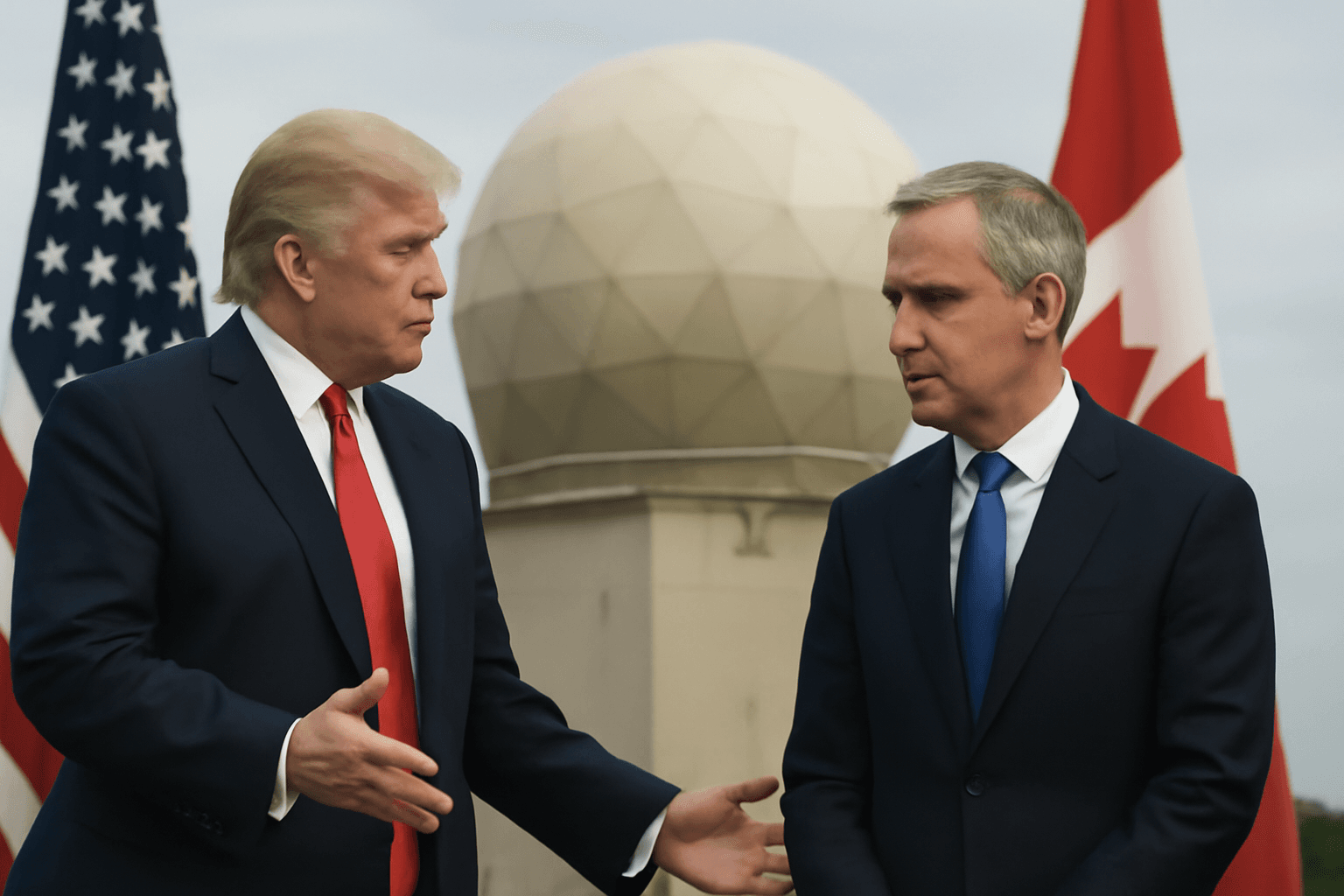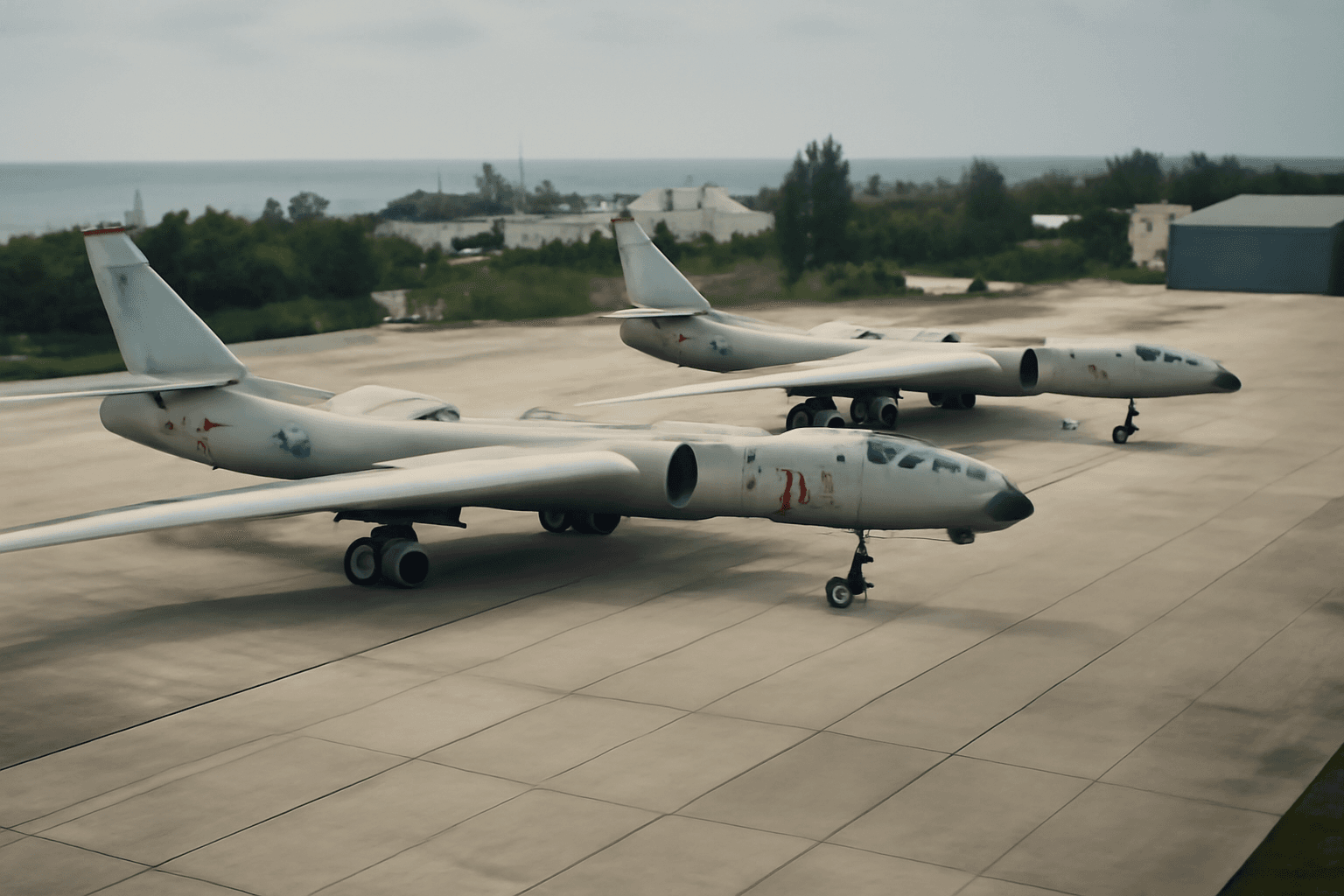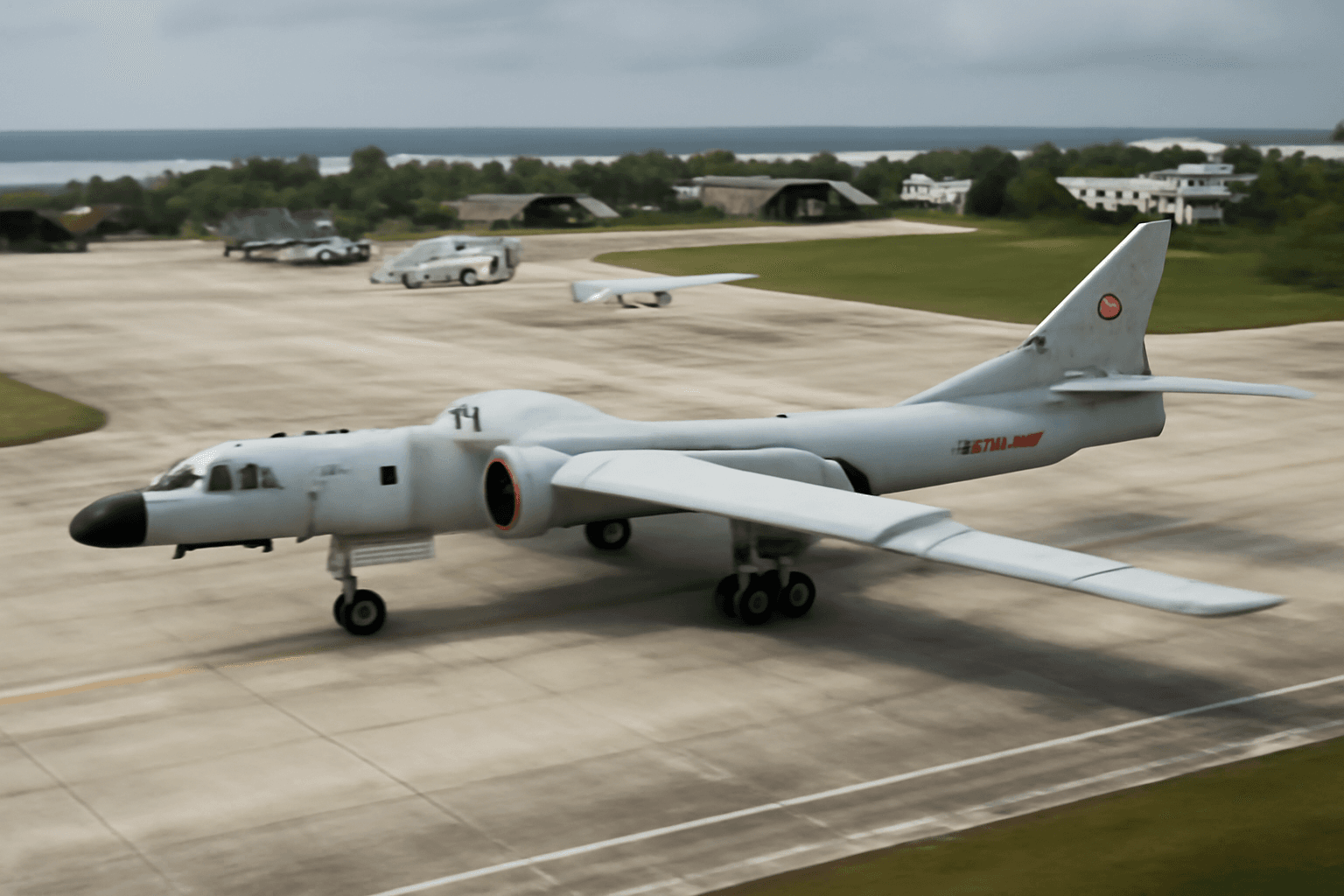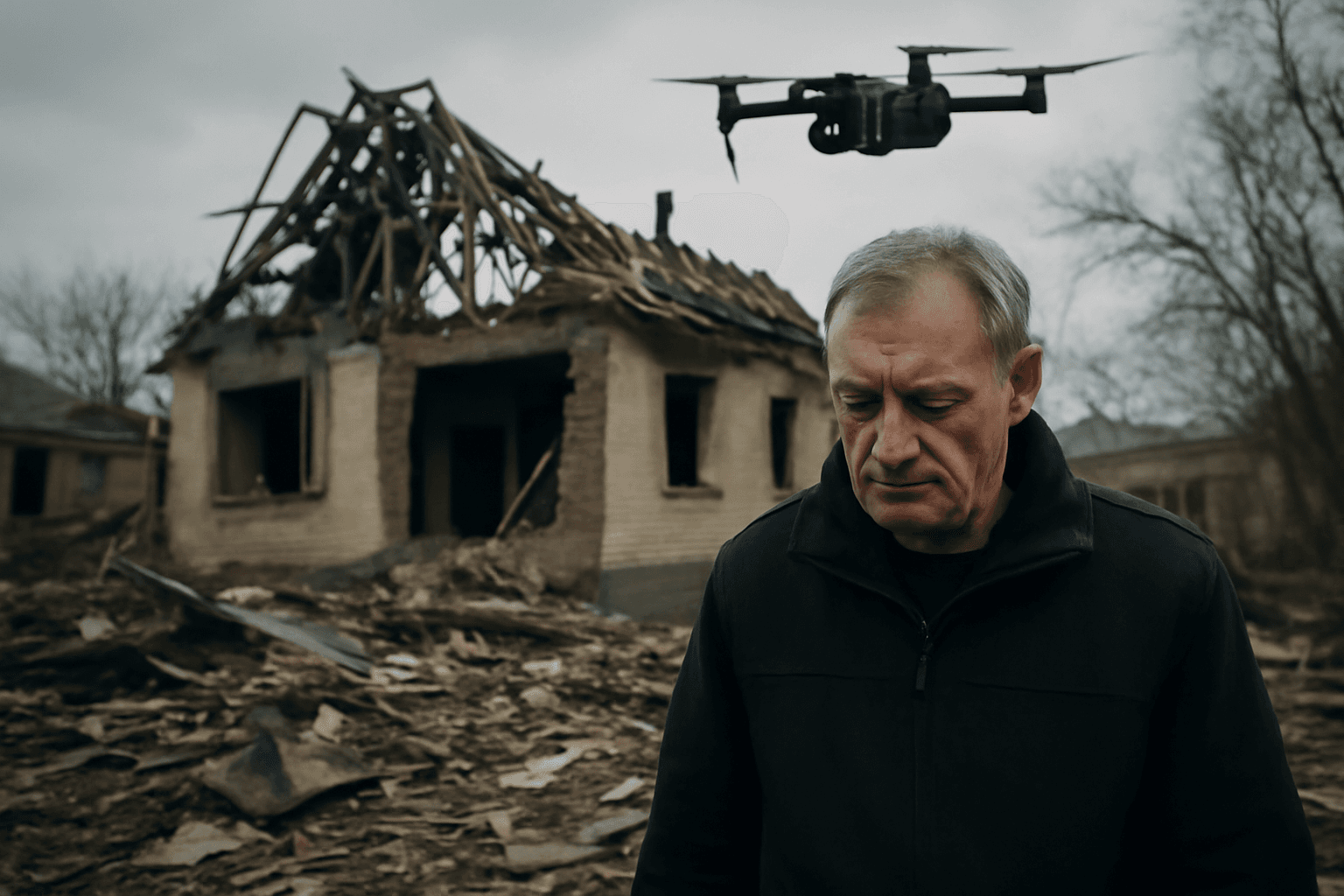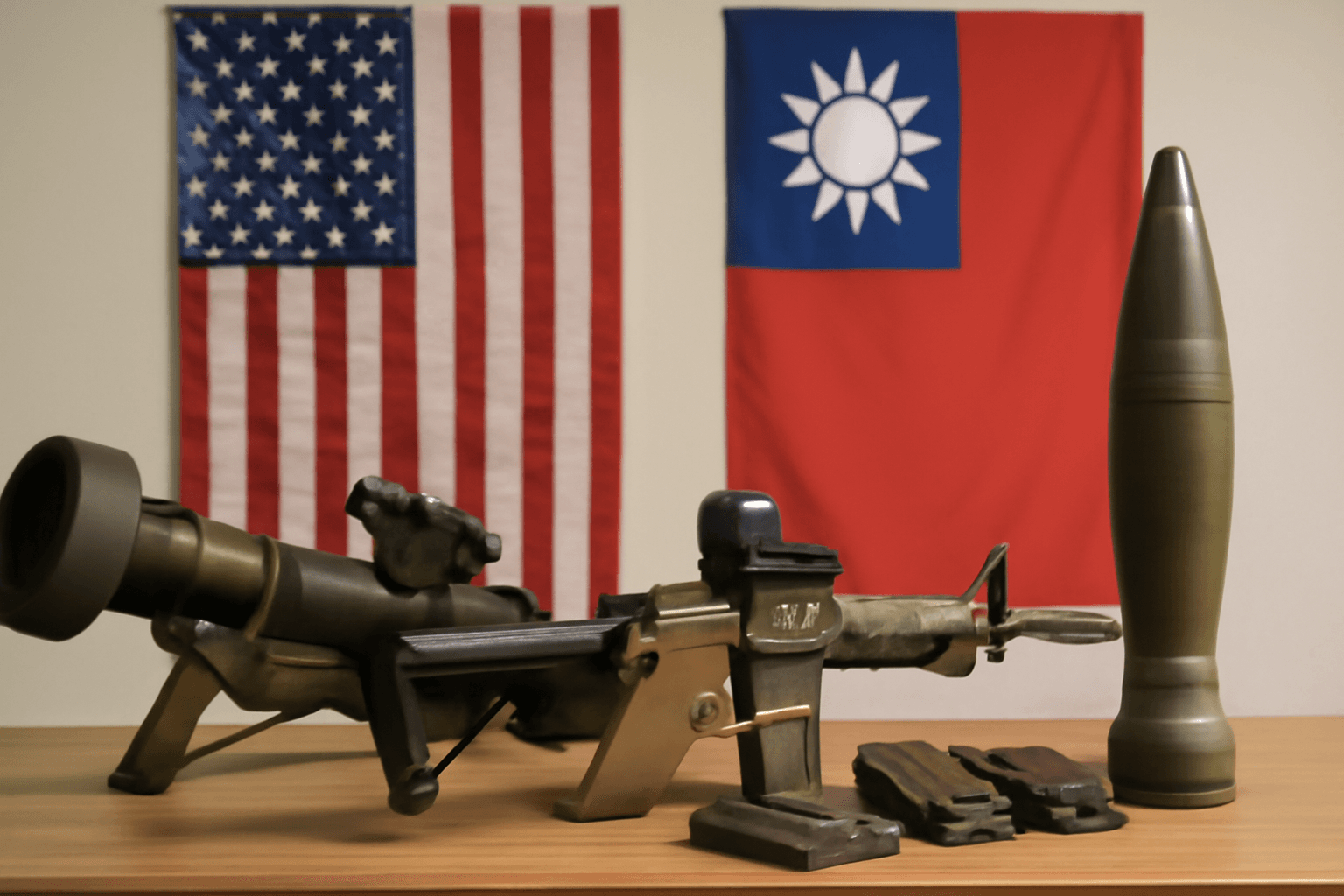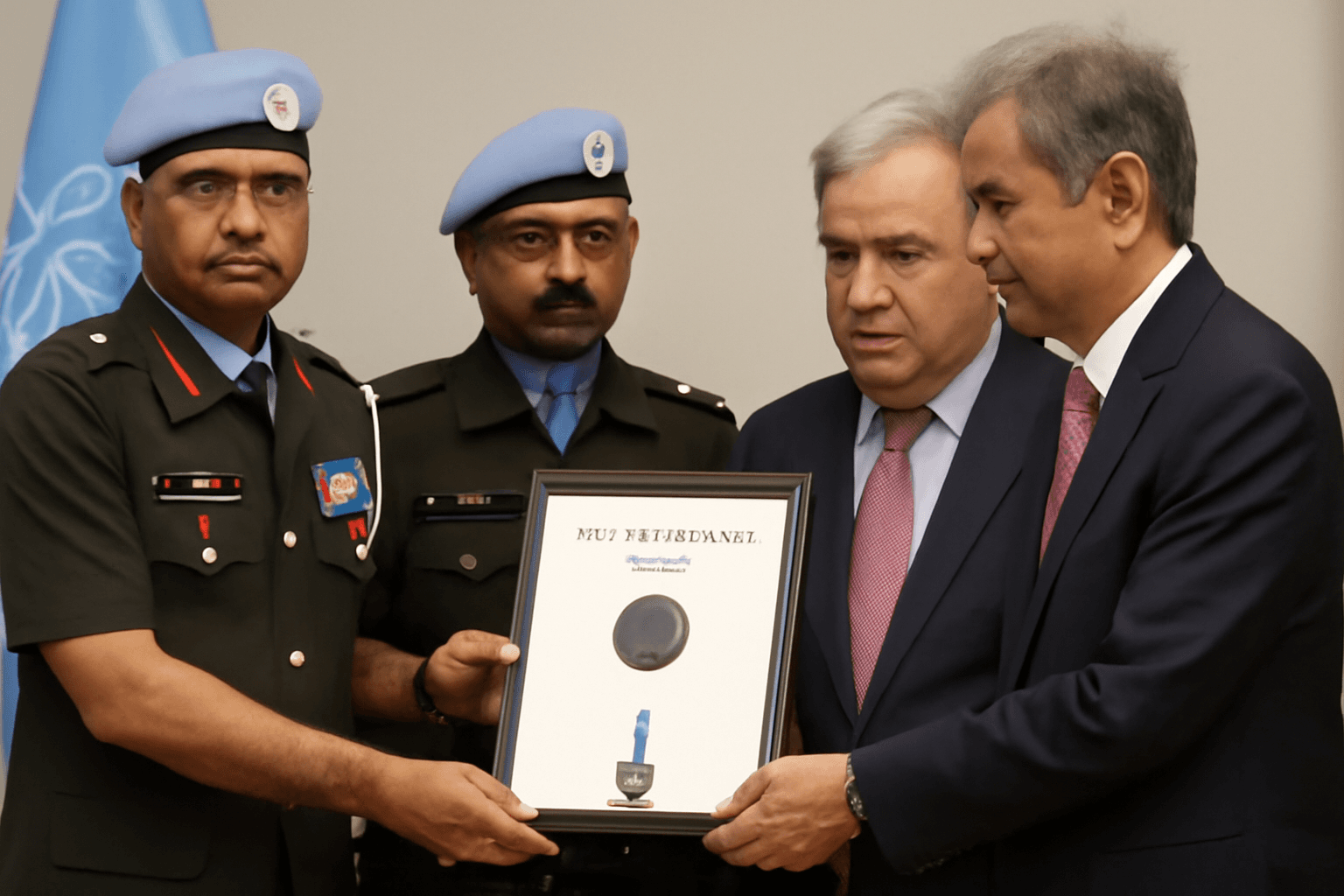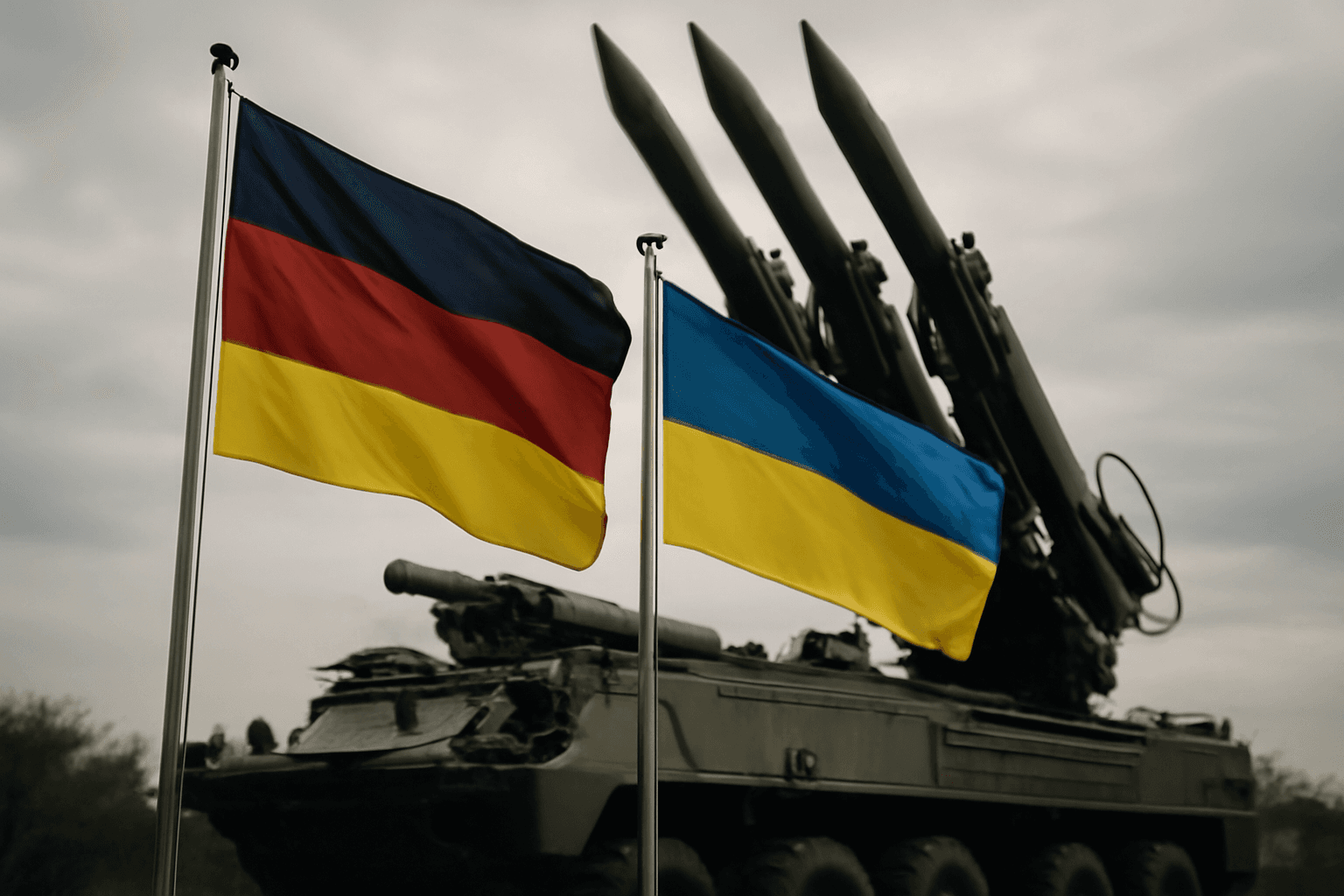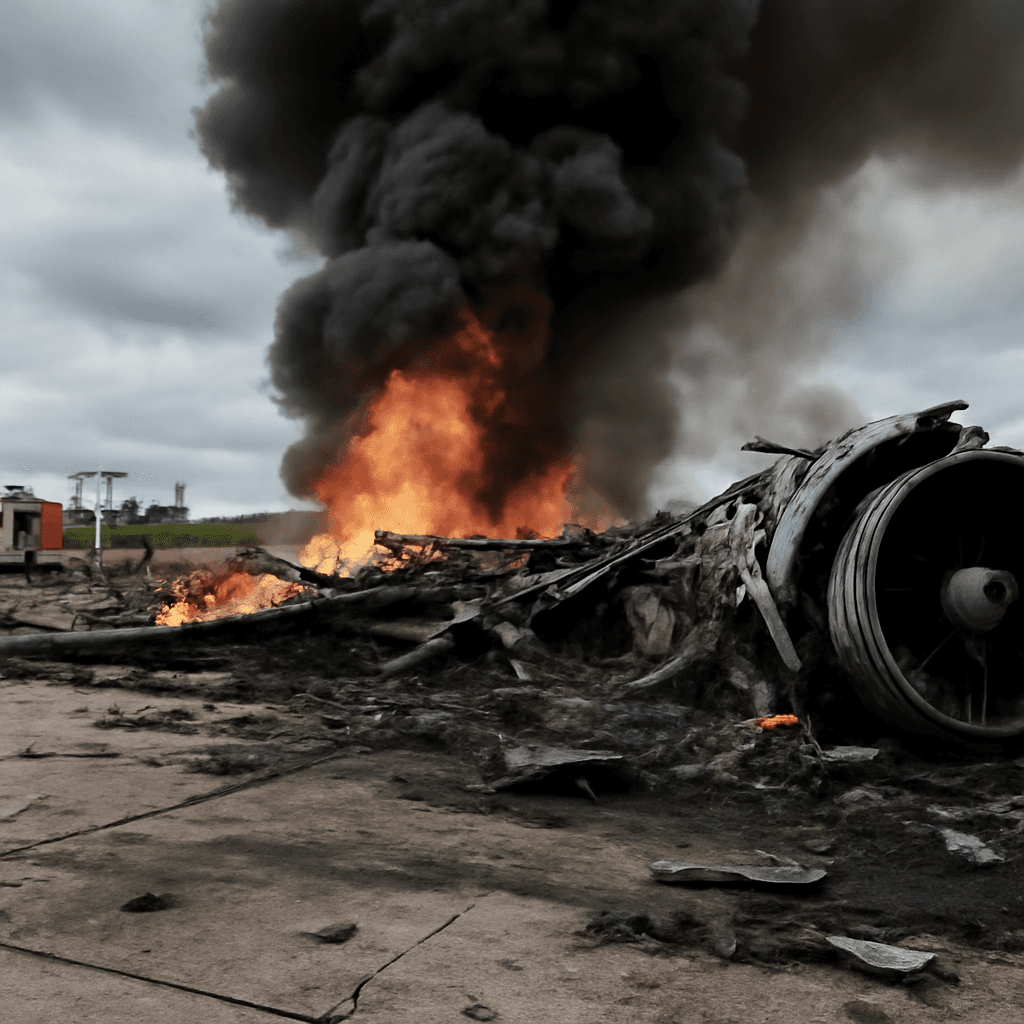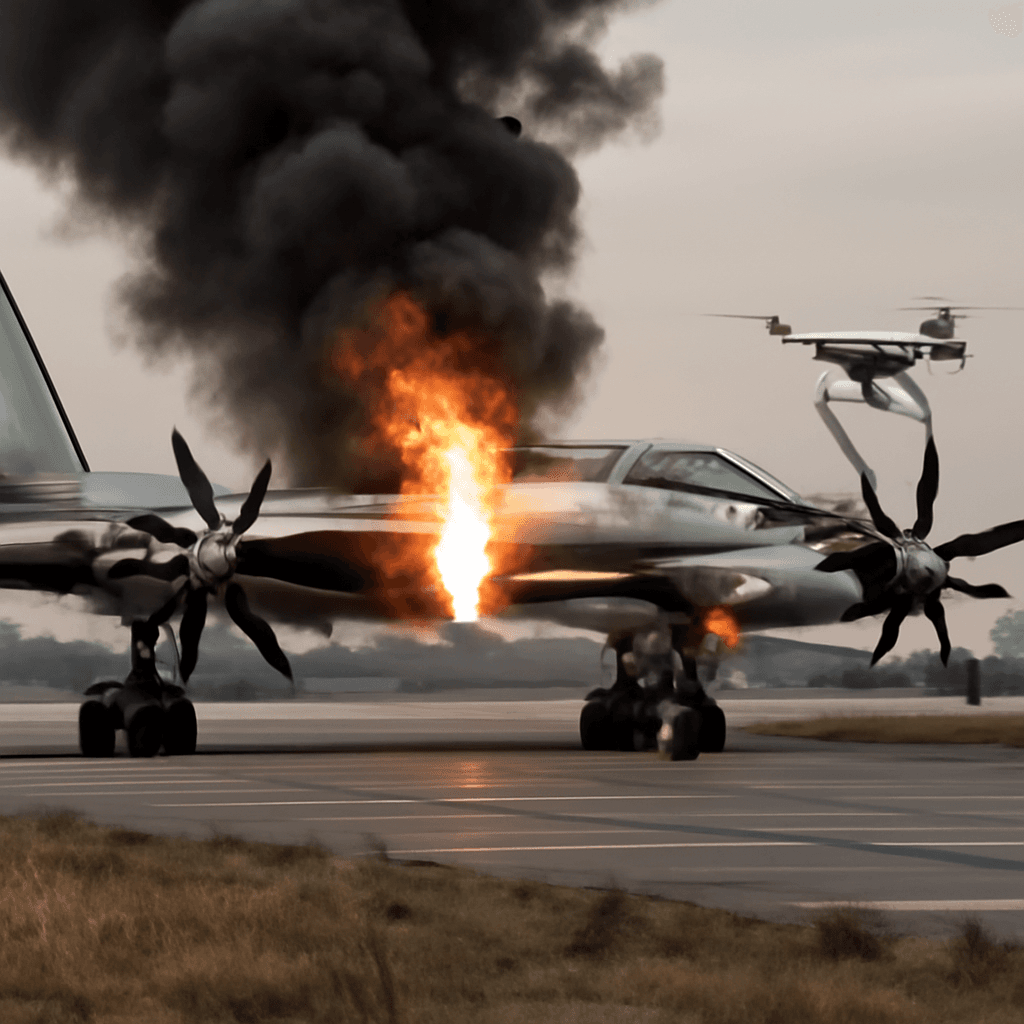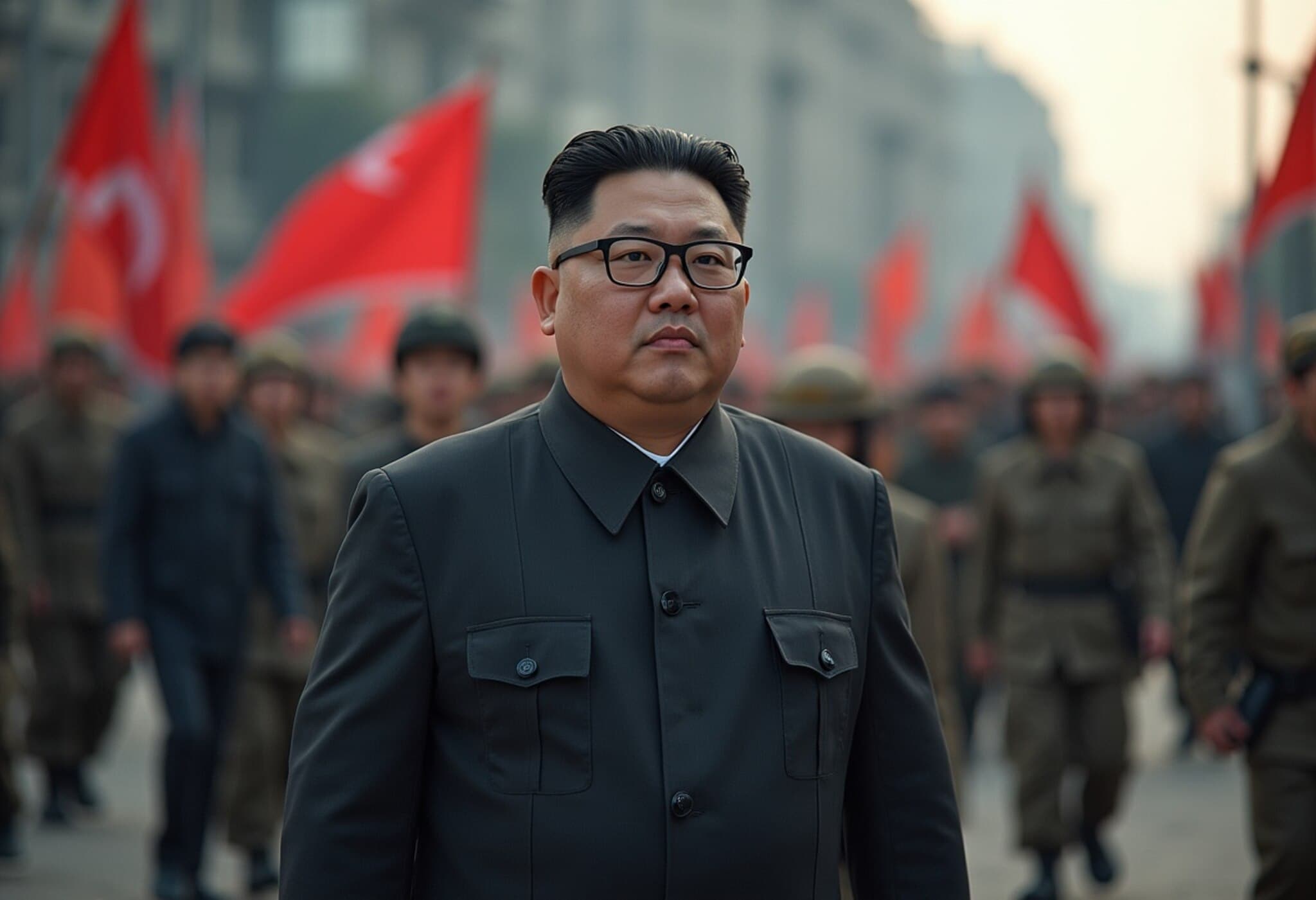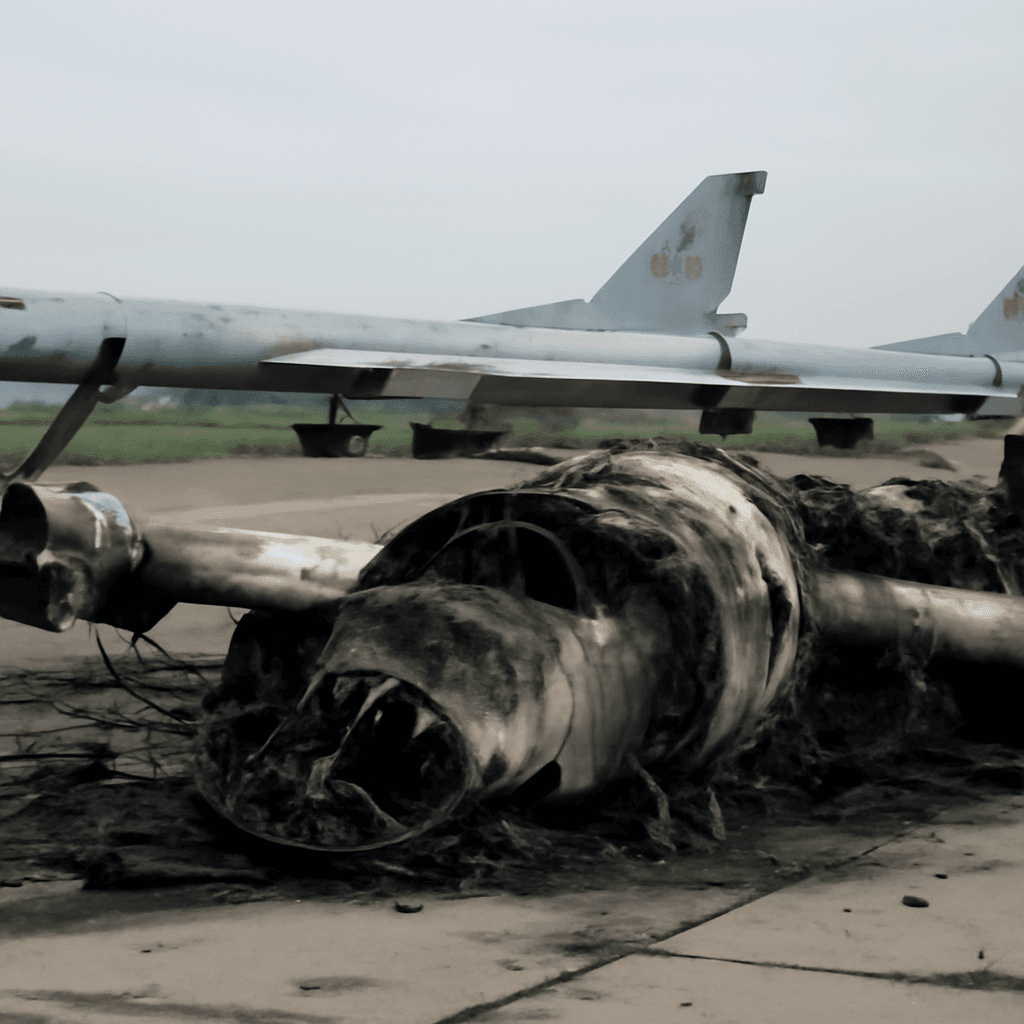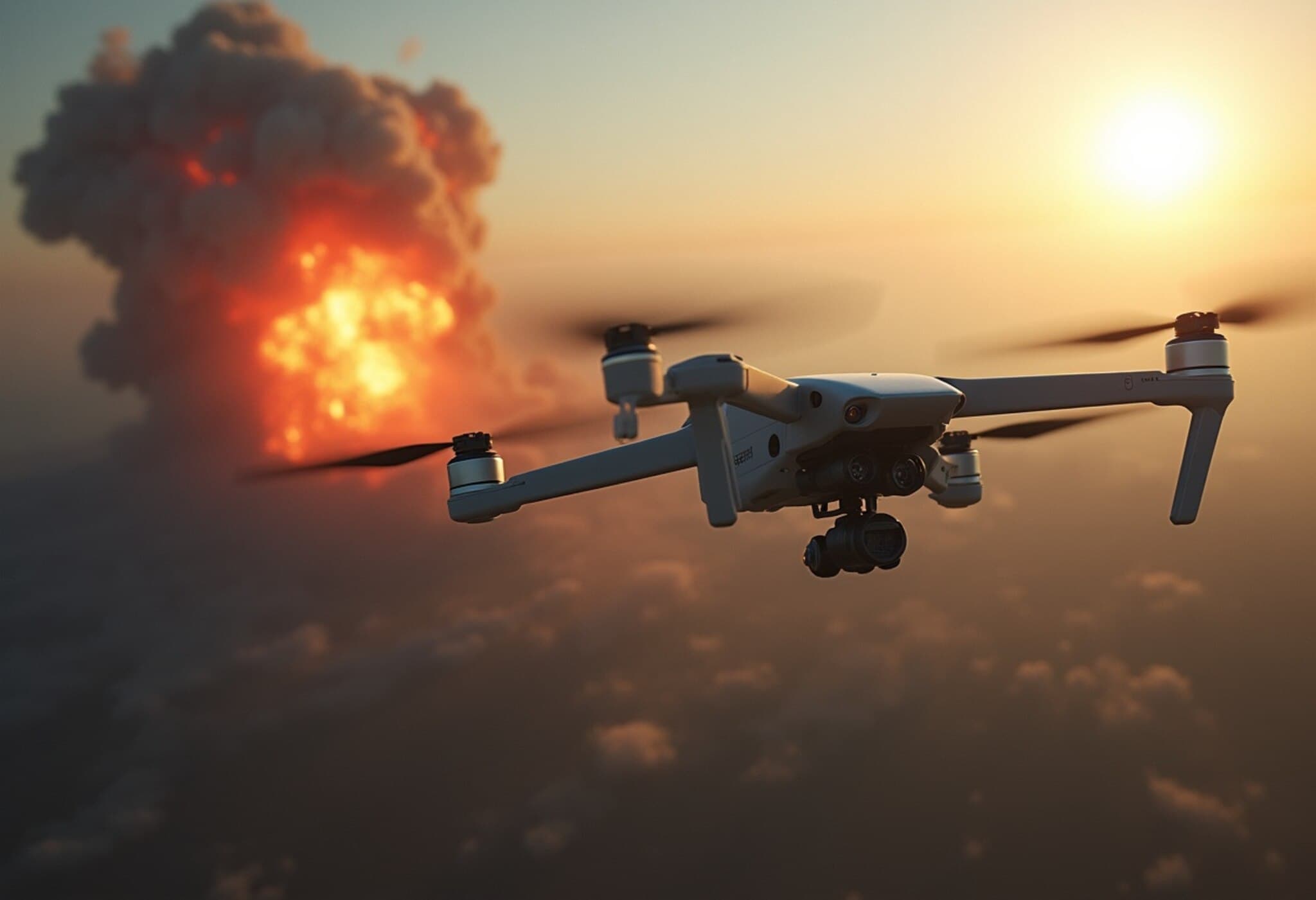Overview of Russian Casualties in Ukraine Conflict
A recent report estimates that Russian military casualties in the ongoing Ukraine war have approached 1 million, with approximately 250,000 personnel killed since the full-scale invasion began in 2022. Despite intensifying offensives throughout 2024, Russia's gains remain minimal and costly.
Military Progress and Territorial Gains
Russia has captured less than 5,000 square kilometers of Ukrainian land since January 2024, accounting for about 1% of Ukraine's territory. This is a stark contrast to the early months of the invasion in 2022 when Russia seized around 120,000 square kilometers, followed by Ukraine regaining approximately 50,000 square kilometers through counteroffensives.
Slow Advances on Key Fronts
- In the Kharkiv region, Russian forces advanced at a rate of only 50 meters per day.
- In Donetsk’s Avdiivka-Pokrovsk sector, progress slowed to roughly 135 meters per day.
These rates are slower than the trench warfare pace observed during World War I, symbolizing stagnation despite sustained military efforts.
Heavy Equipment Losses and Tactical Challenges
The conflict has inflicted devastating losses on Russian armored vehicles, artillery, and tanks. Reported attrition ratios often favor Ukrainian forces by as much as 5:1. Although Russia has received military supplies from allied nations and increased domestic production, losses continue to outpace gains.
Russian tactics largely involve deploying small, often under-trained infantry squads to probe Ukrainian defenses. These squads typically serve as bait to expose positions subsequently targeted by artillery and drones; however, such strategies have yielded limited success and amplified Russian casualties.
Ukrainian Resistance and Defense Measures
Ukrainian forces, despite significant casualties estimated between 60,000 and 100,000 deaths and total casualties near 400,000, have effectively maintained defensive lines. They have employed fortified trenches, extensive minefields, and advanced drone warfare to disrupt Russian advances and conduct strikes deep into Russian-controlled territory.
Impact of Long-Range Strikes
Russia continues to conduct long-range attacks employing cruise missiles and first-person view (FPV) drones, primarily targeting Ukrainian civilian infrastructure. While these strikes cause significant disruption and terror, they have done little to change the fundamental dynamics on the battlefield.
Strategic Outlook and International Implications
The report highlights that Russian President Vladimir Putin appears to be pursuing a long-term strategy, anticipating that Western military aid to Ukraine may eventually wane. Comparisons are drawn to previous US withdrawals from conflicts in Syria and Afghanistan, suggesting Russia is betting on Western fatigue to gain an advantage.
However, continuing and strengthening economic sanctions, such as targeting Russian oil and gas exports and seizing substantial frozen Russian assets estimated at $300 billion, alongside sustained military support for Ukraine without direct troop involvement, are seen as critical measures that could decisively impact Russia’s war capacity.
The future of the conflict heavily depends on the decisions of international actors, particularly the United States, in leveraging economic and military tools to influence the war’s trajectory.


